The exhibition, running from June 29 to August 10, showcases invaluable artifacts from public museums and private collections in Ho Chi Minh City.
These treasures offer a panoramic view of Vietnam’s cultural and historical evolution from prehistoric times to the modern era.
A highlight of the exhibition is the Dong Duong Buddha, a national treasure discovered in 1911 in Quang Nam by French archaeologist Henri Parmentier.
Dating from the 8th to 9th century, it is considered one of the most beautiful and ancient bronze Buddha statues in Southeast Asia, exemplifying the sophisticated bronze casting and unique aesthetic of the Champa civilization.
The statue has been exhibited internationally and once insured for USD 5 million in France - the highest value ever for a Vietnamese sculpture displayed overseas.
Other notable artifacts include a 10th-century sandstone bust of the goddess Devi from Quang Nam, a 7th-century four-armed Avalokitesvara statue from Tra Vinh, and a 3rd-5th century bronze Vishnu statue from Kien Giang, all representing the pinnacle of Cham and Oc Eo culture.
The exhibition also features a sandstone statue of the goddess Durga from the 7th century, unearthed in Tra Vinh, and a statue of the sun god Surya from 1,500 years ago found in An Giang, highlighting the exquisite craftsmanship of the Oc Eo culture.
Among the rarest items are three ancient wooden Buddha statues - discovered in Dong Thap and Long An - dating back as far as 1,500 years. They include a 2-meter-tall Buddha carved from a single piece of hardwood, representing a unique aspect of early Buddhist art in Southeast Asia.
Also on display are artifacts from the Dong Son culture, including a ceramic steamer bowl estimated to be 2,000-2,500 years old, privately owned by actor Chi Bao and recognized as a national treasure in 2024.
Other remarkable items include a 1947 printing mold for a 5-dong banknote, the 1833 Lương Tài Hầu seal, and two digitized lacquer paintings: "Thanh nien thanh dong" by Nguyen Sang (2017) and "Spring garden of Central-North-South" by Nguyen Gia Tri (2013), the latter created over 20 years and measuring 200x540cm.
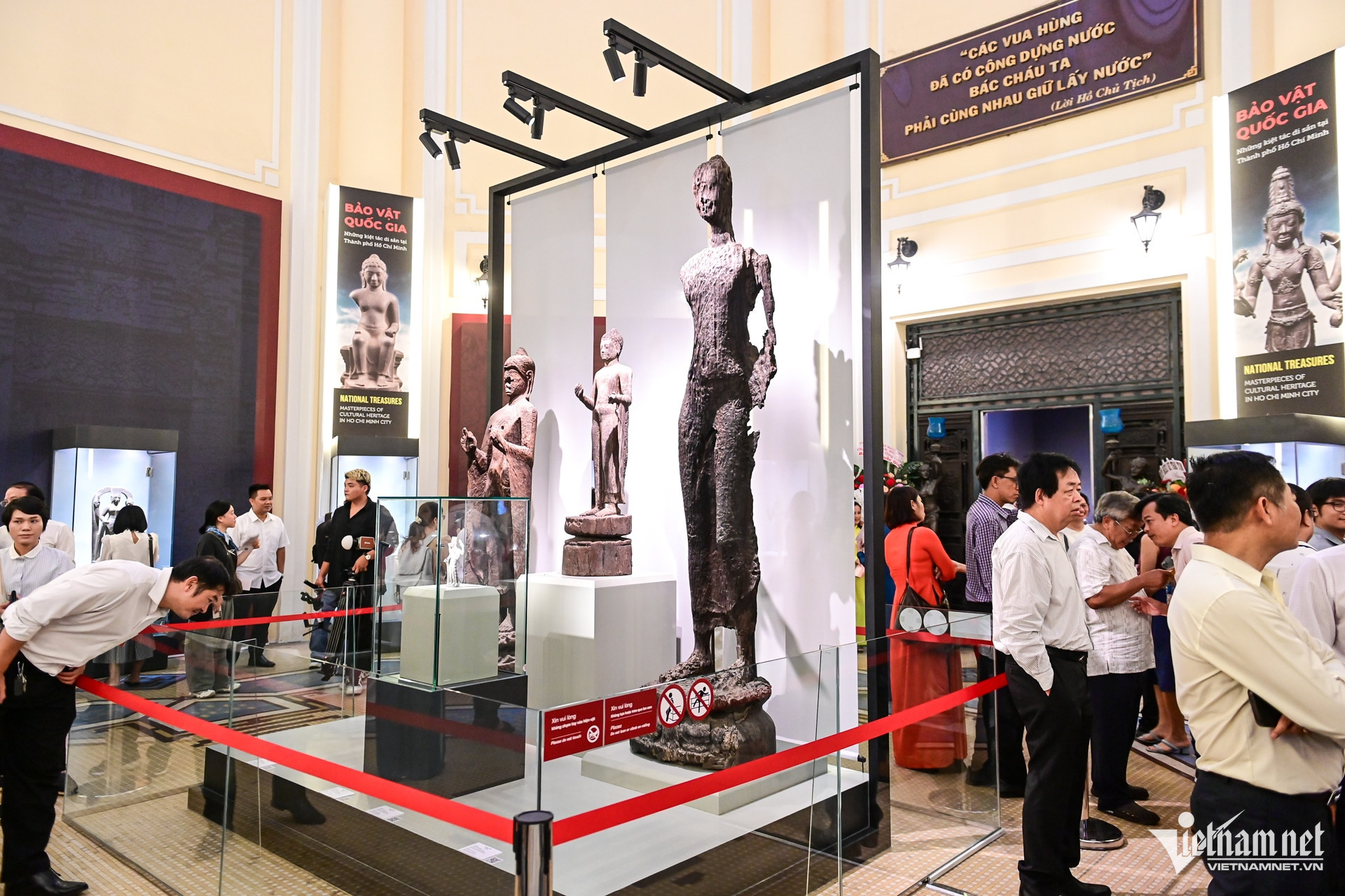
A view of the national treasure exhibition at the Ho Chi Minh City History Museum. Photo: Nguyen Hue
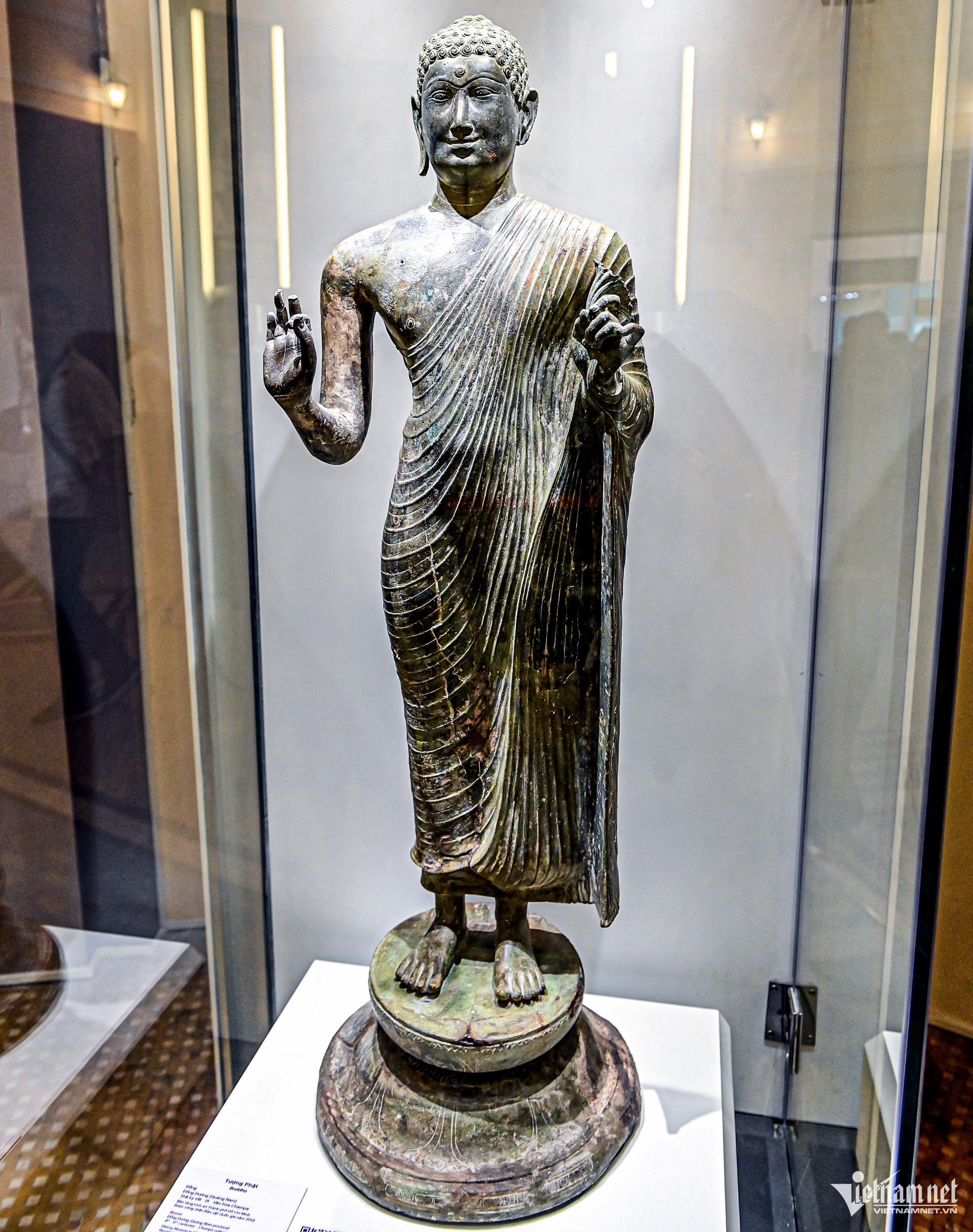
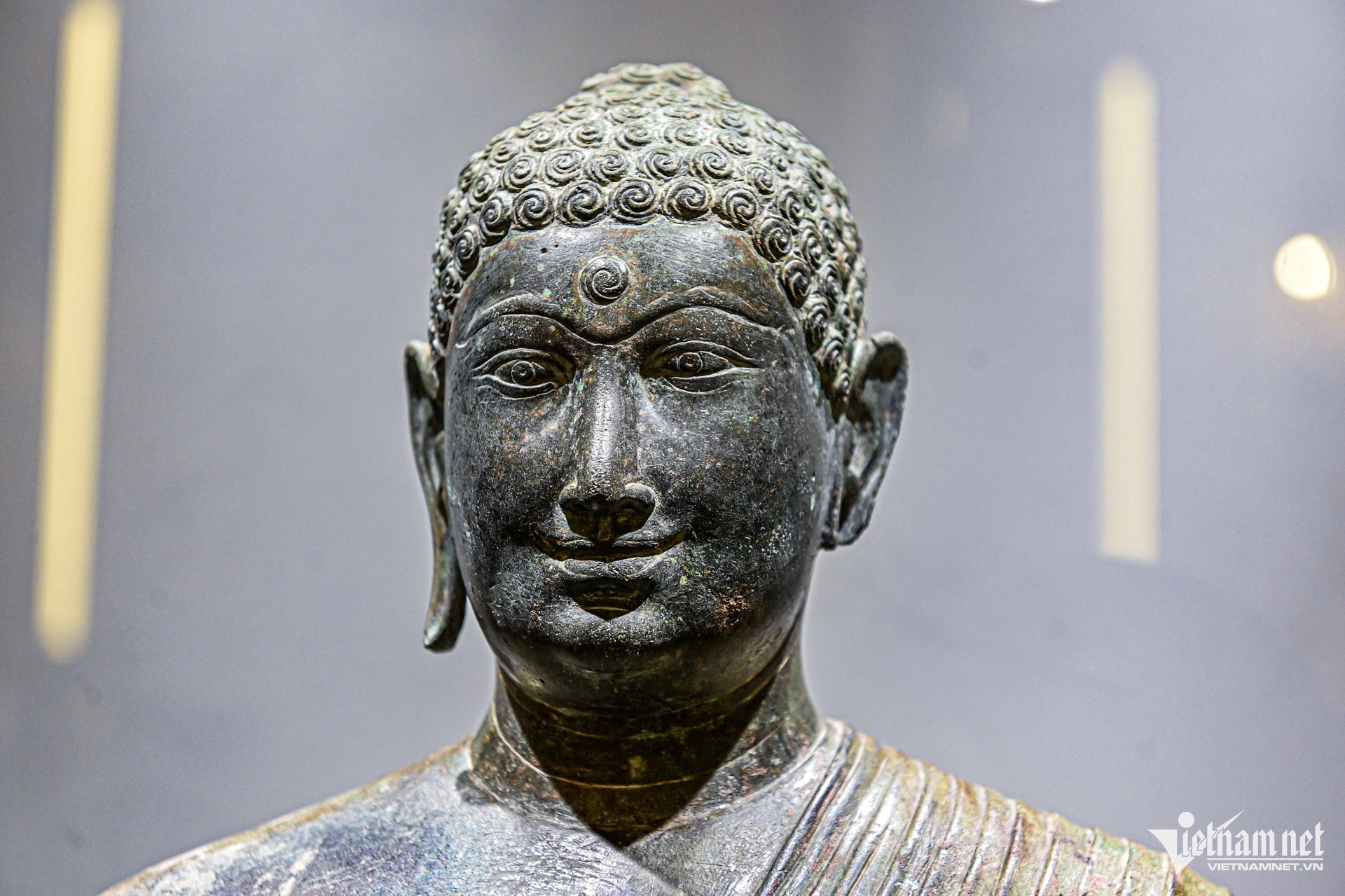
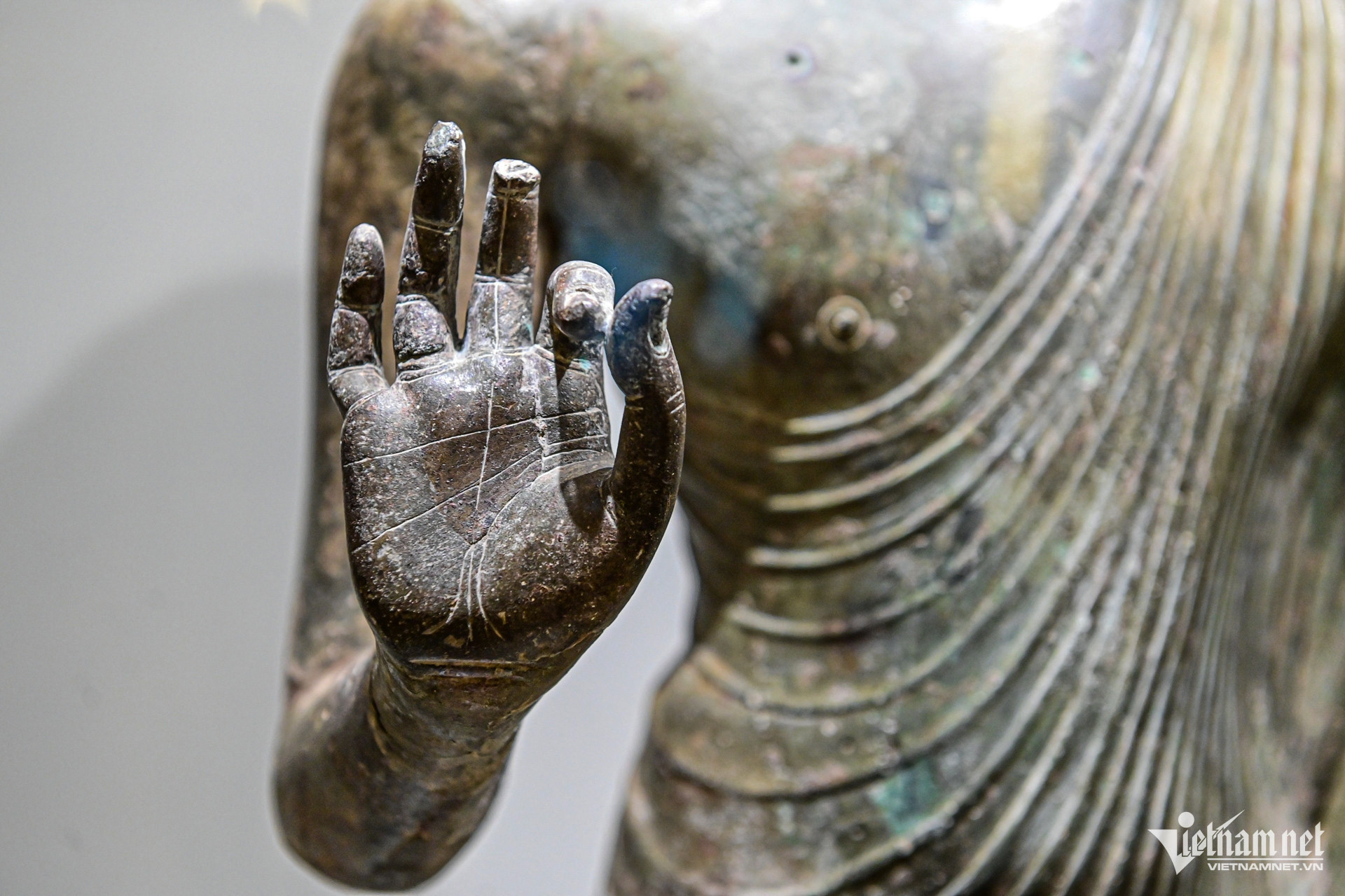
The Dong Duong Buddha statue is among Southeast Asia's oldest and finest. Photo: Nguyen Hue
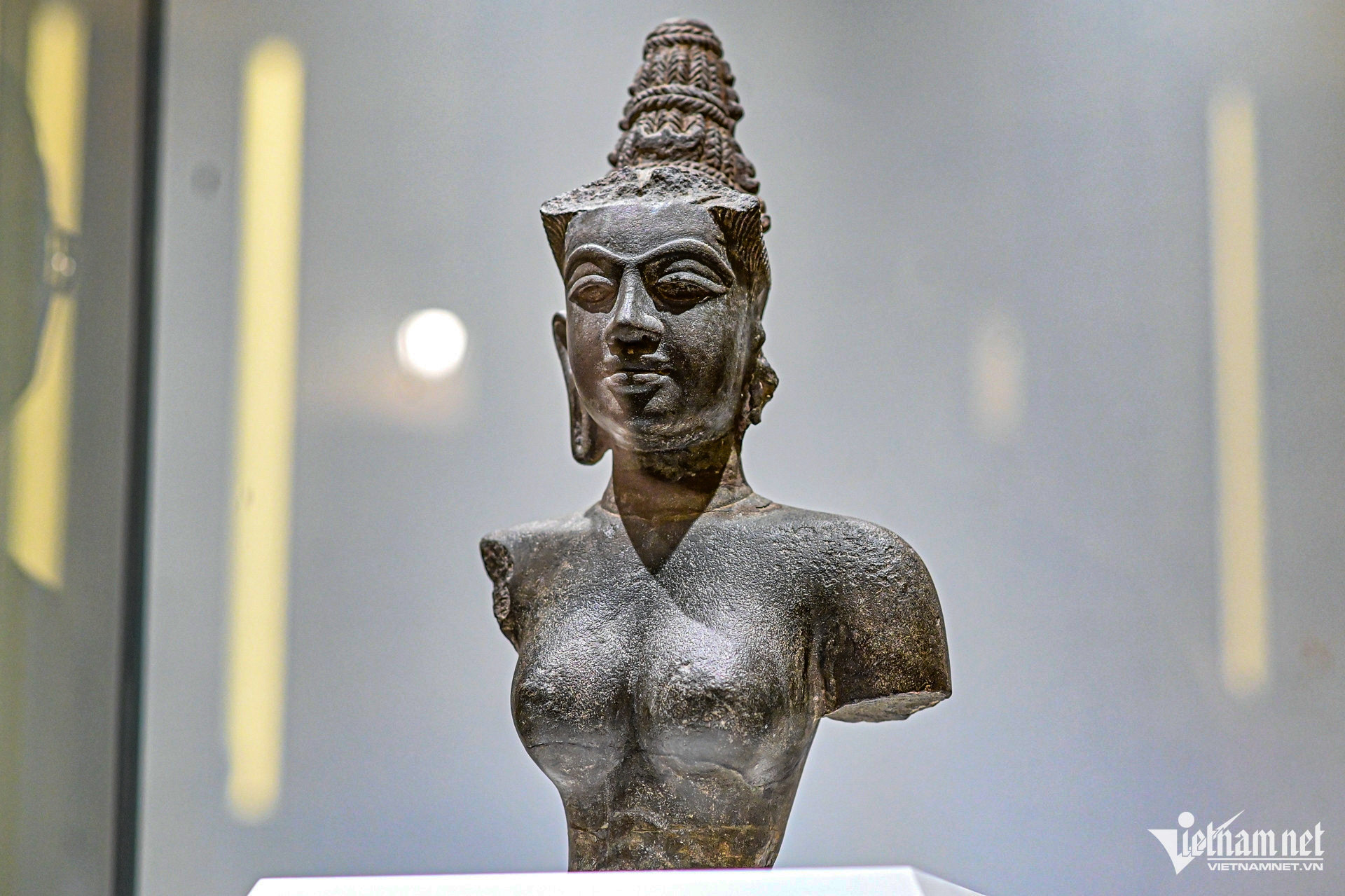
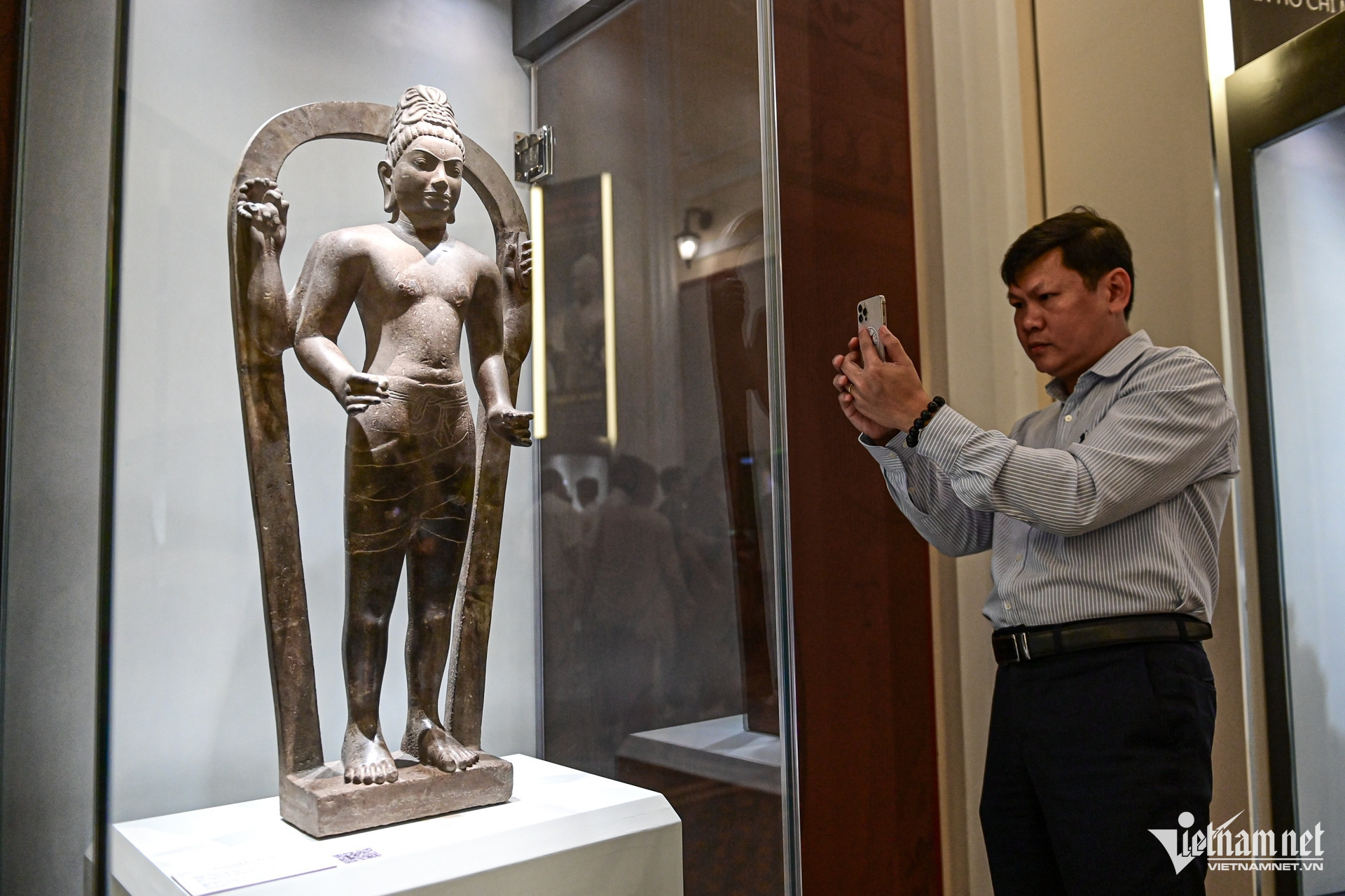
The 7th-century Avalokitesvara statue from Tra Vinh represents Oc Eo culture. Photo: Nguyen Hue
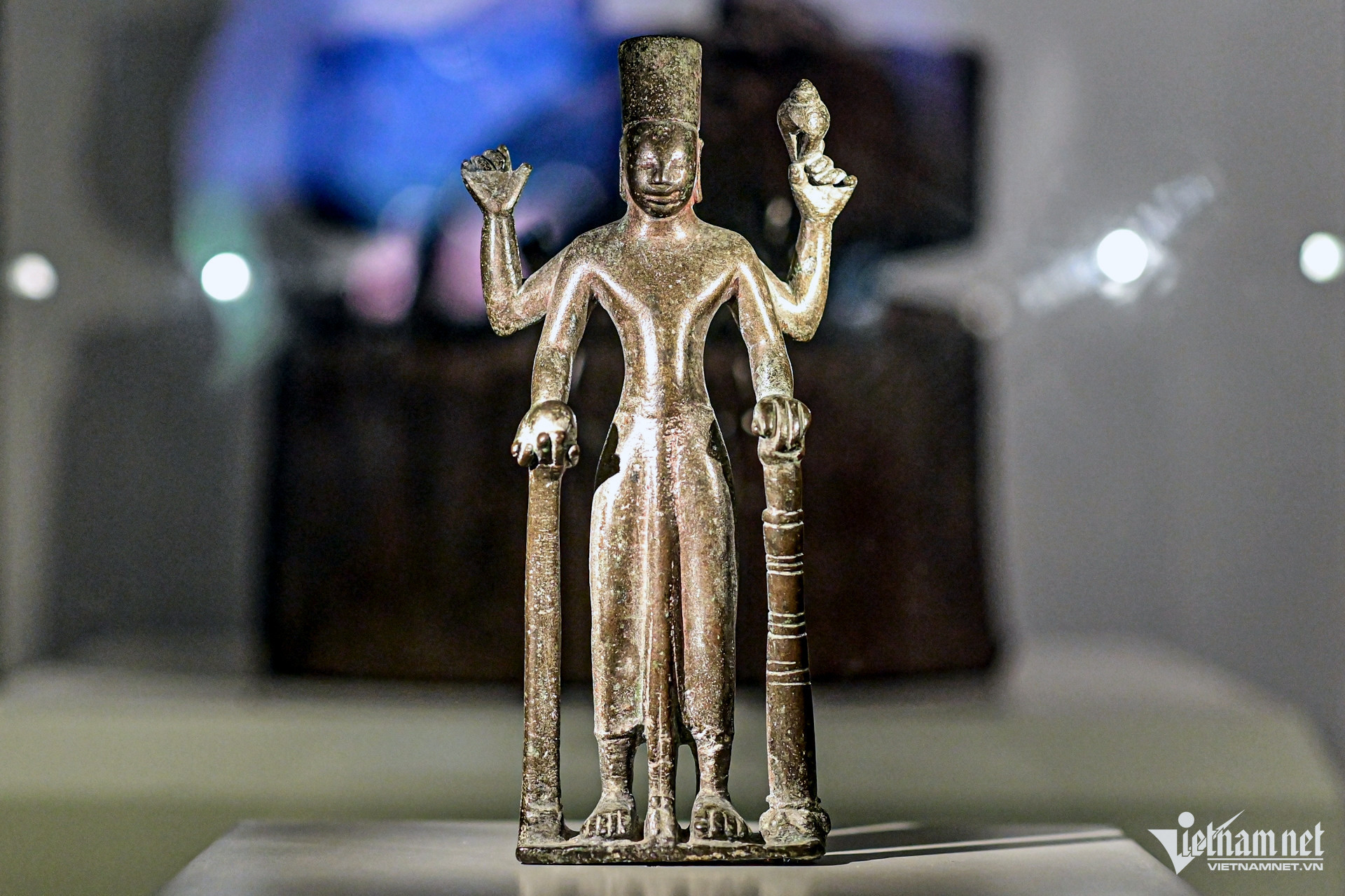
Vishnu statue from the 3rd-5th century, symbolizing protection in Funan culture. Photo: Nguyen Hue
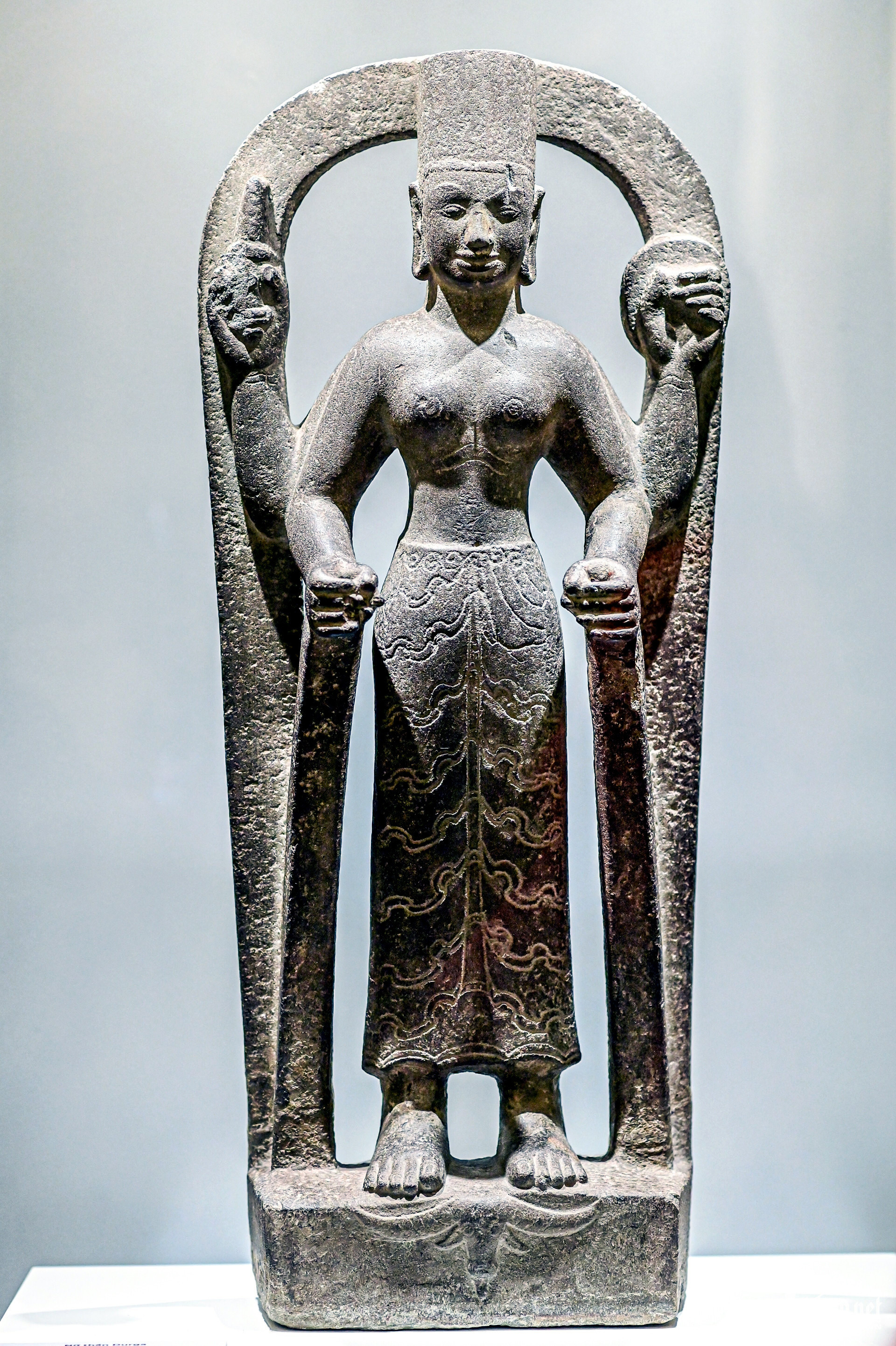
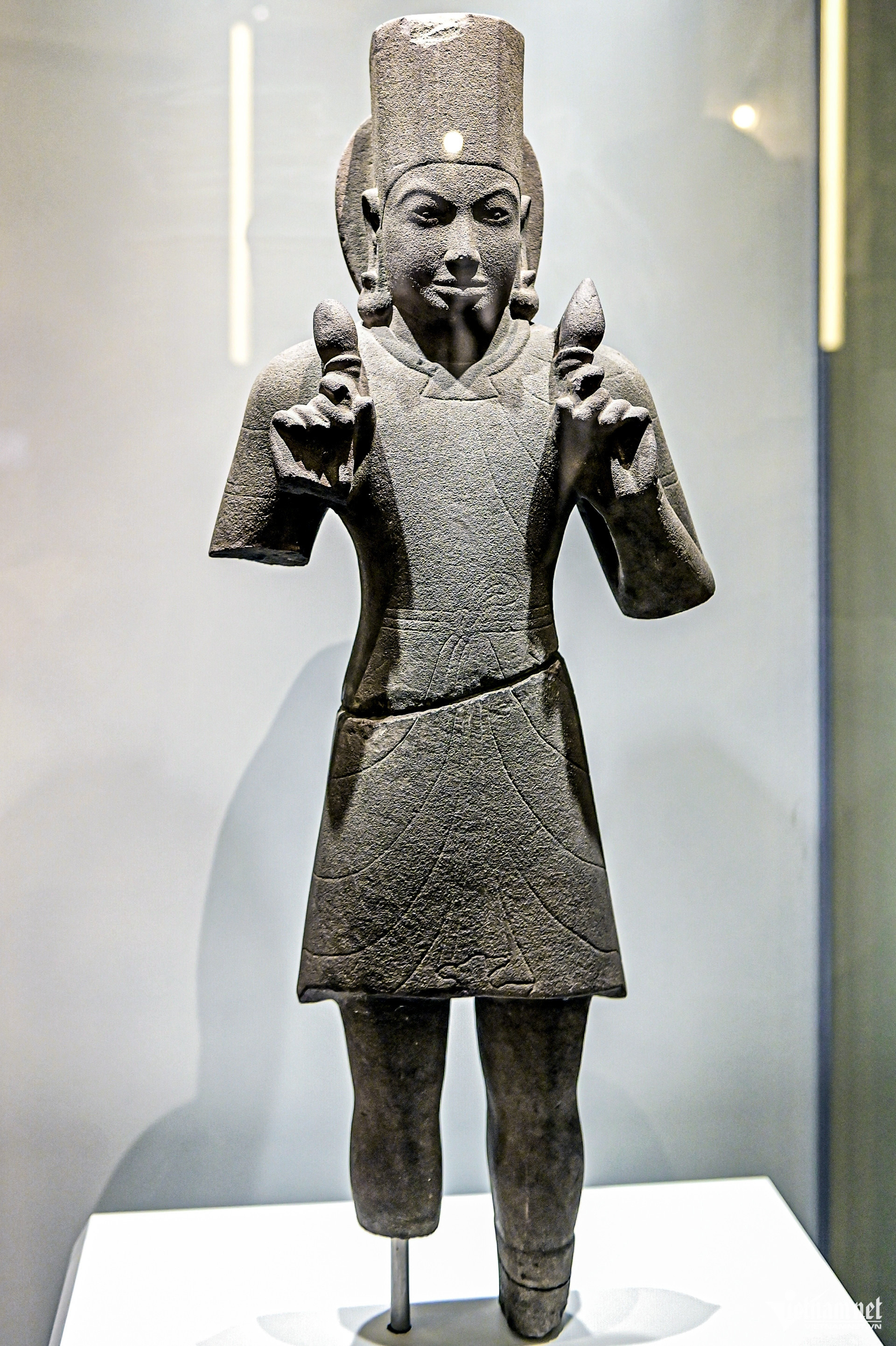
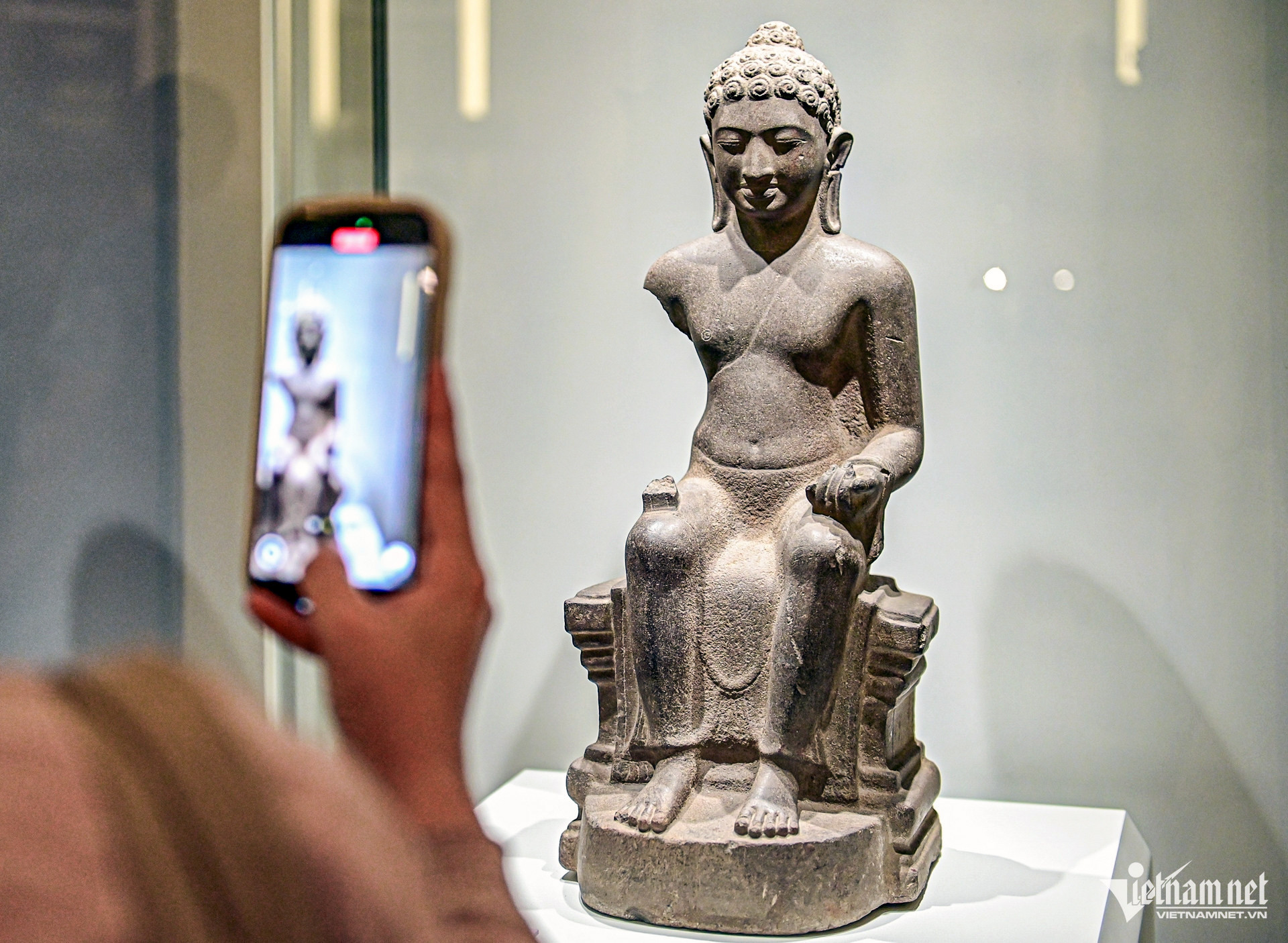
The Son Tho Buddha statue from the 6th-7th century, discovered in Tra Vinh. Photo: Nguyen Hue
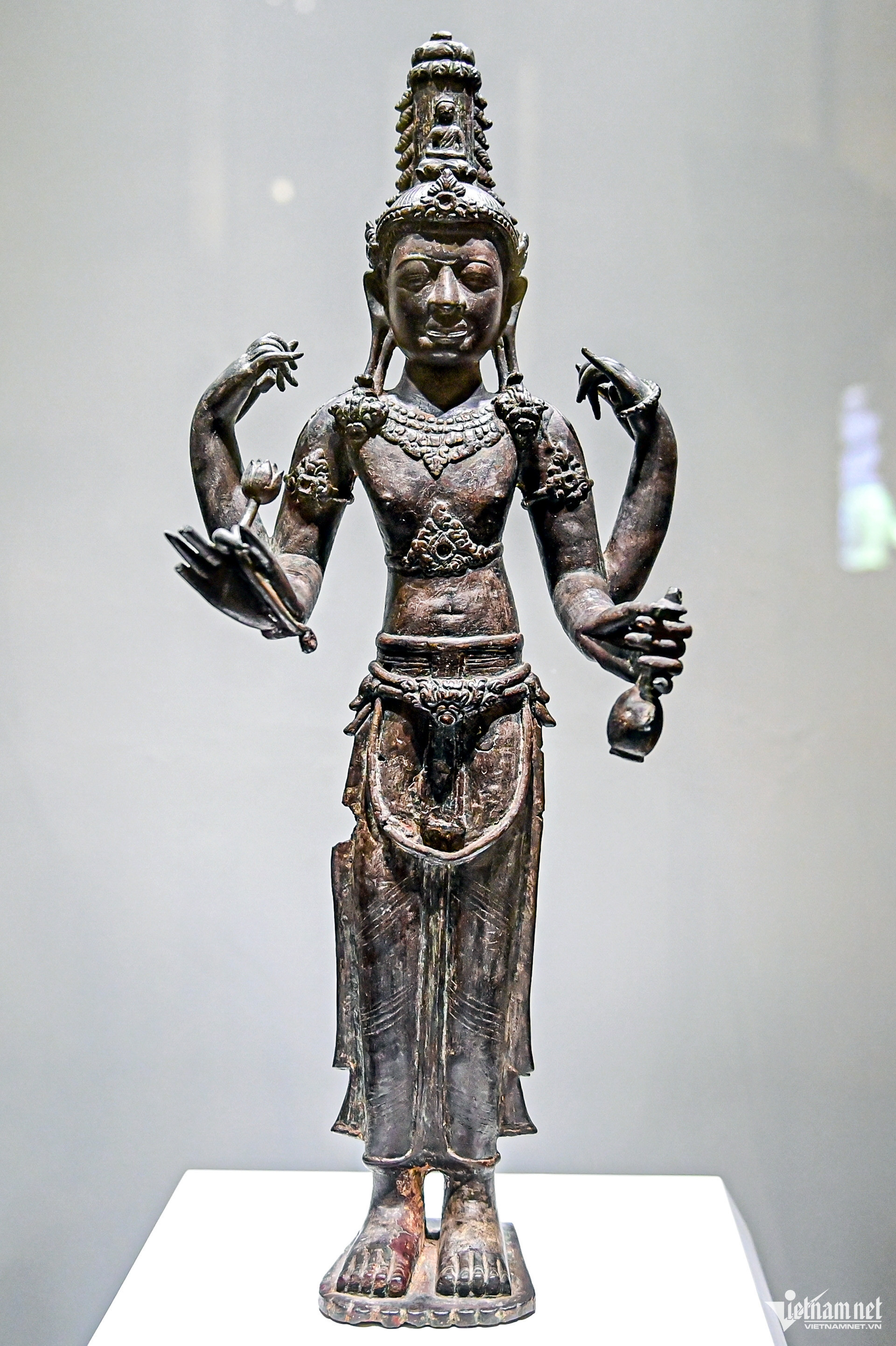
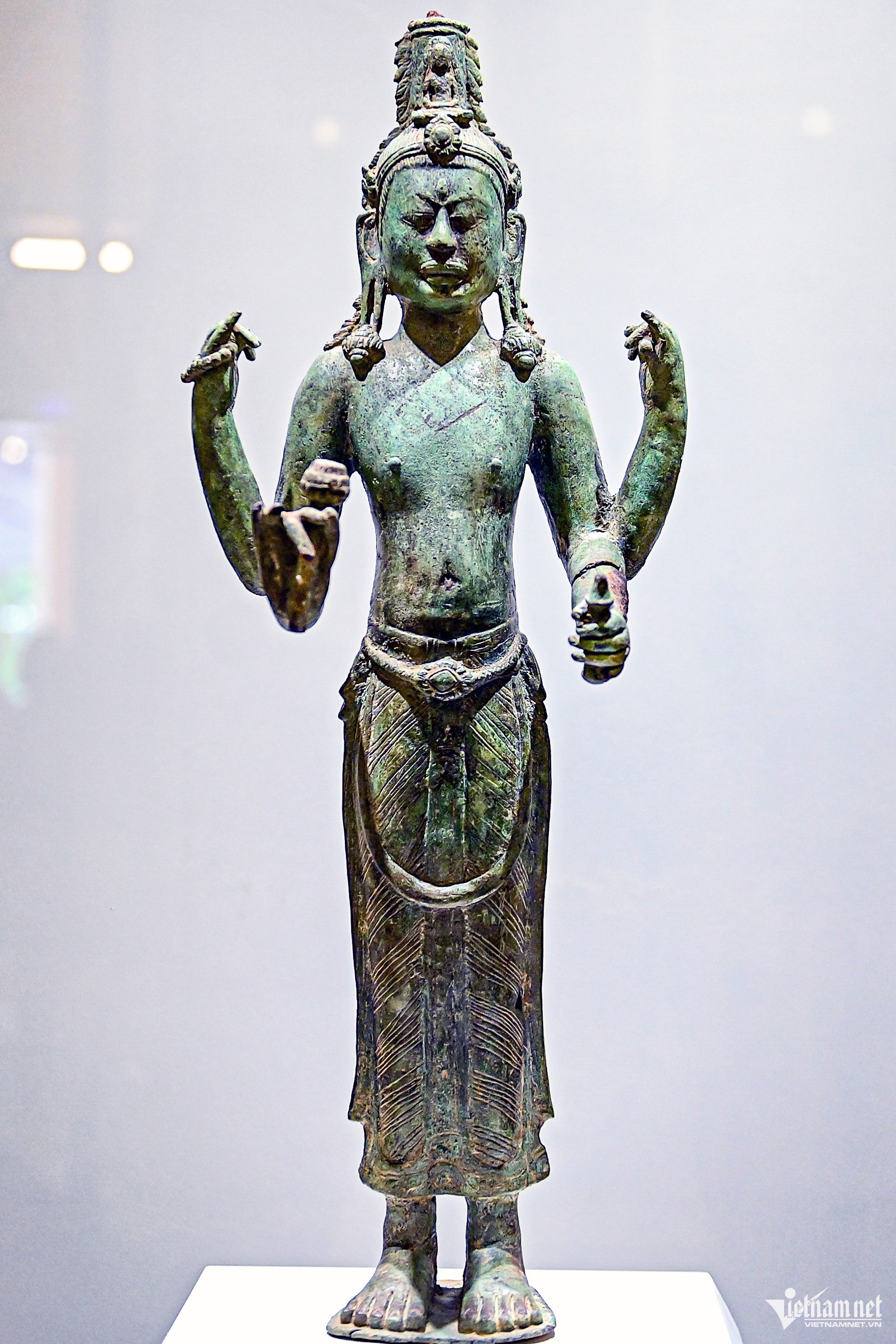
Two Avalokitesvara statues from the 8th-10th centuries, crafted in bronze. Photo: Nguyen Hue
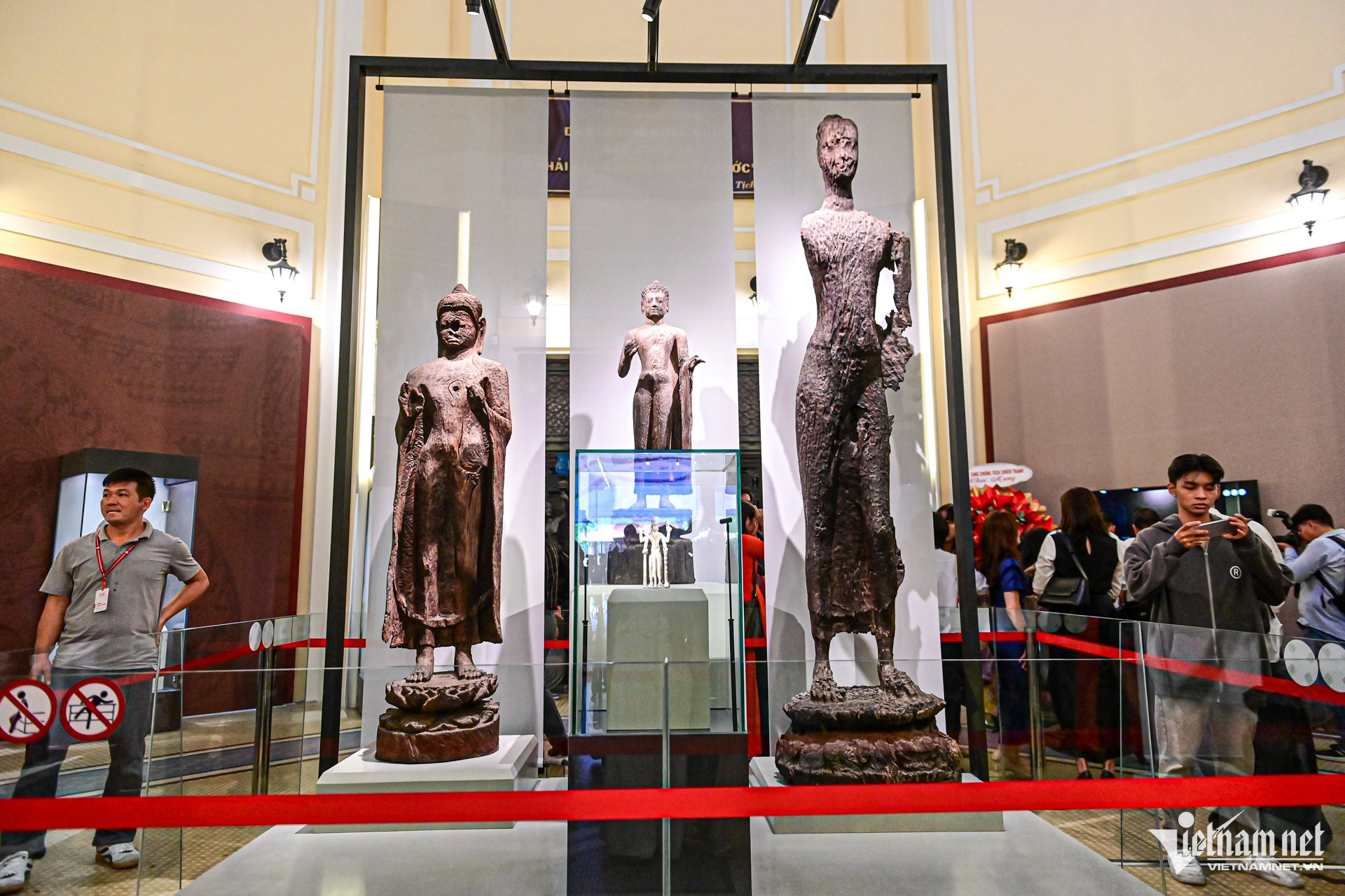
: Three of Southeast Asia’s oldest wooden Buddha statues at the museum’s center. Photo: Nguyen Hue
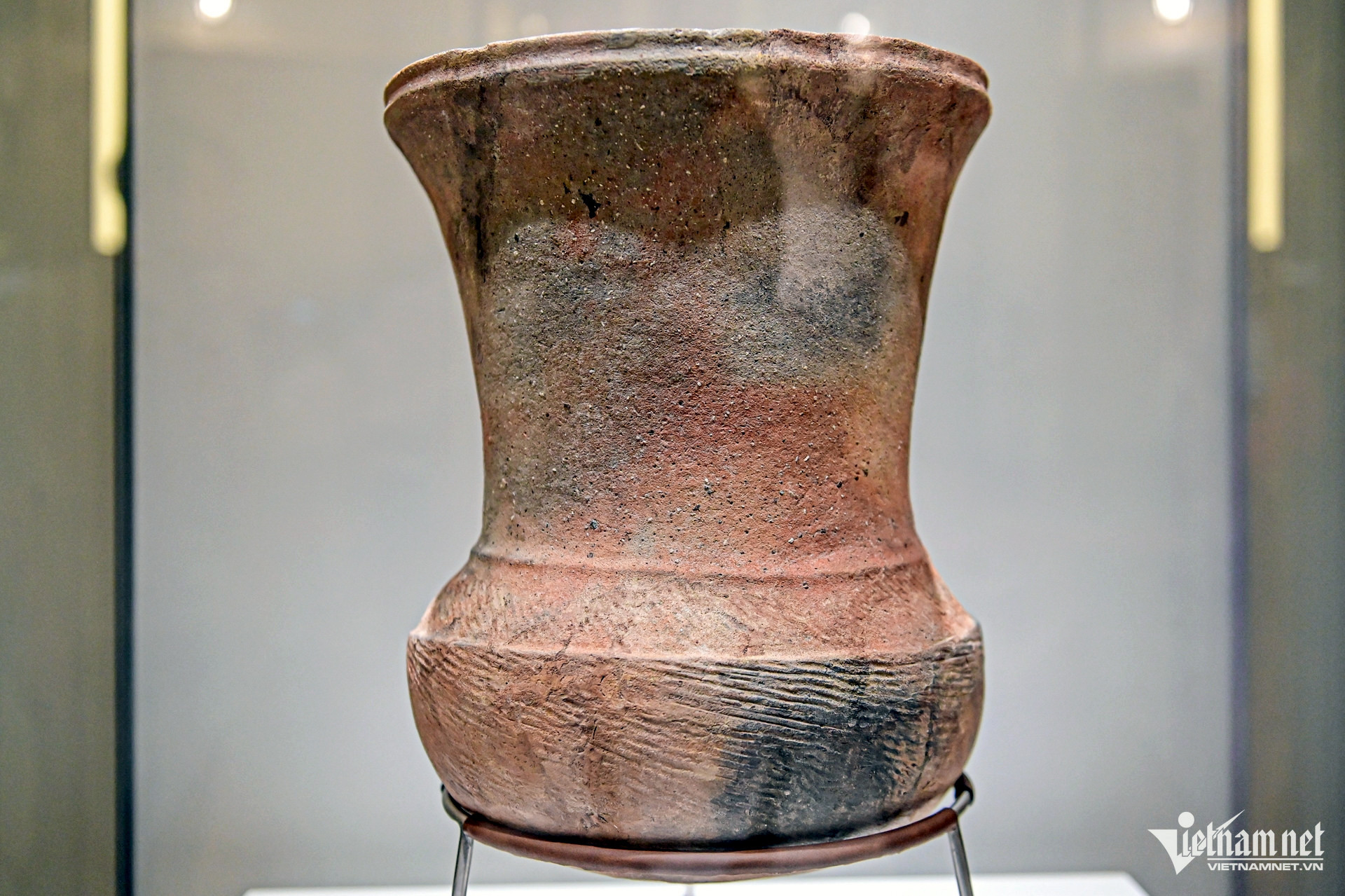
The 2,000-2,500-year-old Dong Son culture ceramic steamer, privately owned. Photo: Nguyen Hue
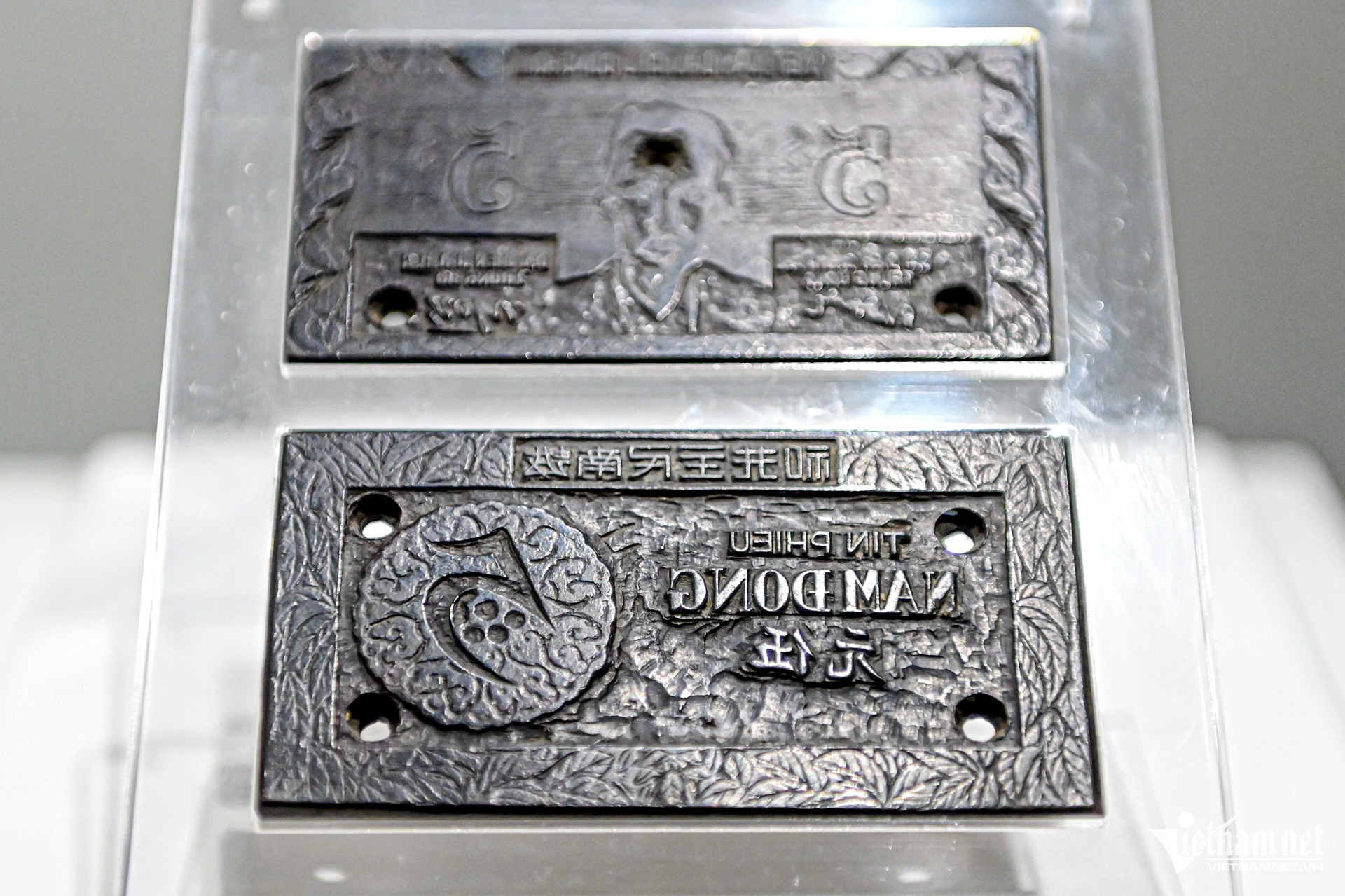
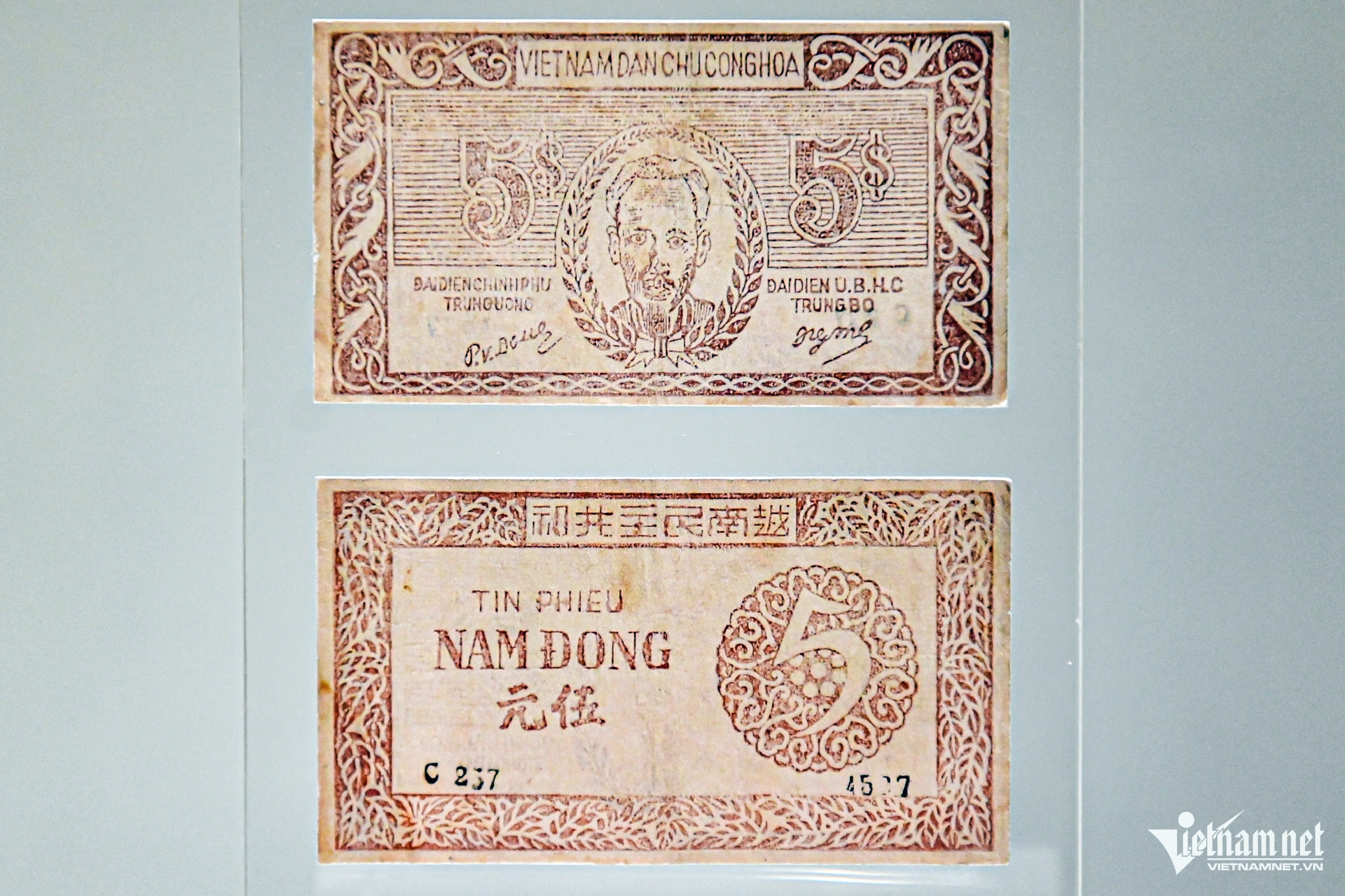
The 1947 five-dong printing mold is a national treasure from the HCMC Museum. Photo: Nguyen Hue
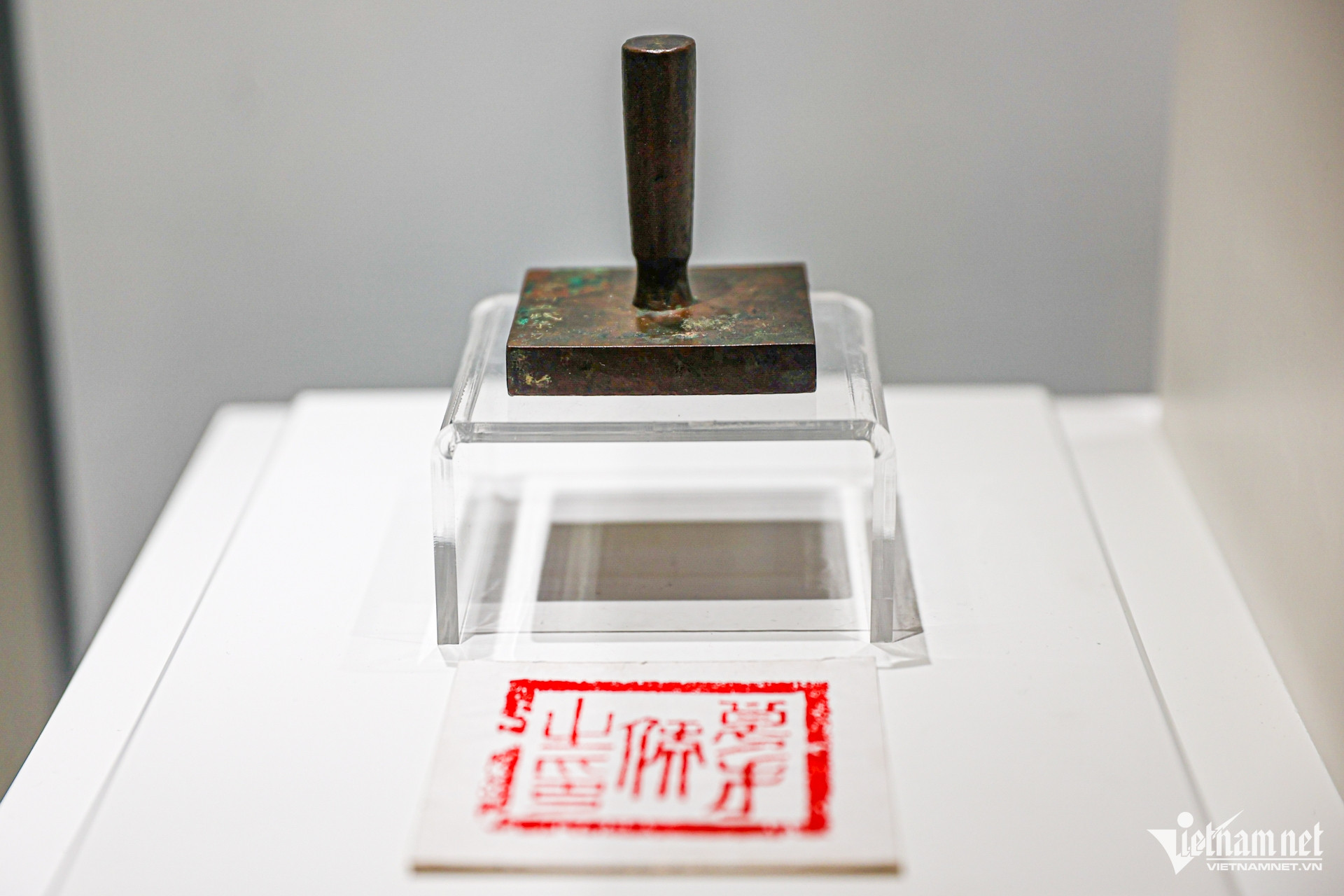
The 1833 Lương Tài Hầu seal, a national treasure housed at the HCMC Museum. Photo: Nguyen Hue
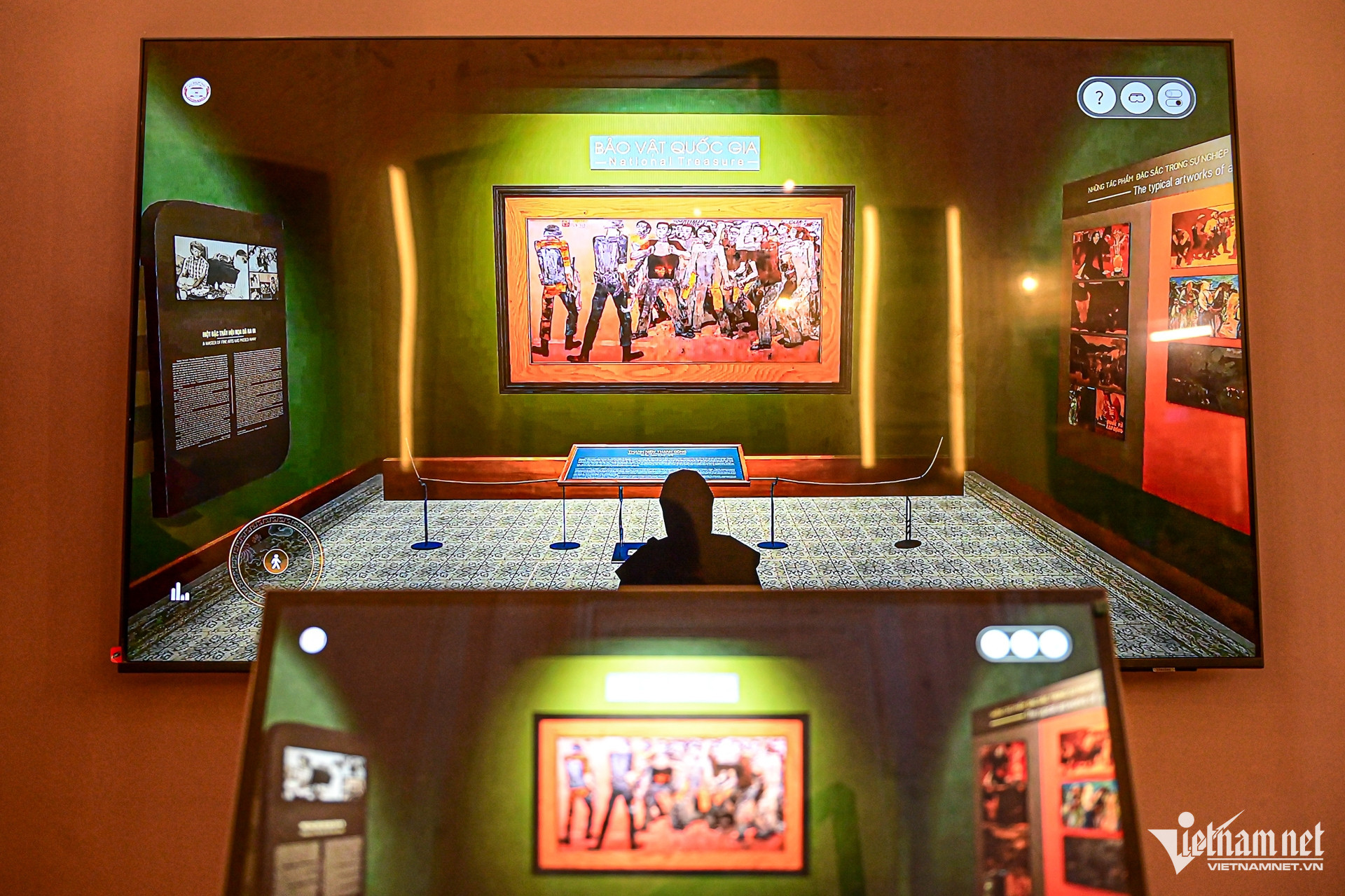
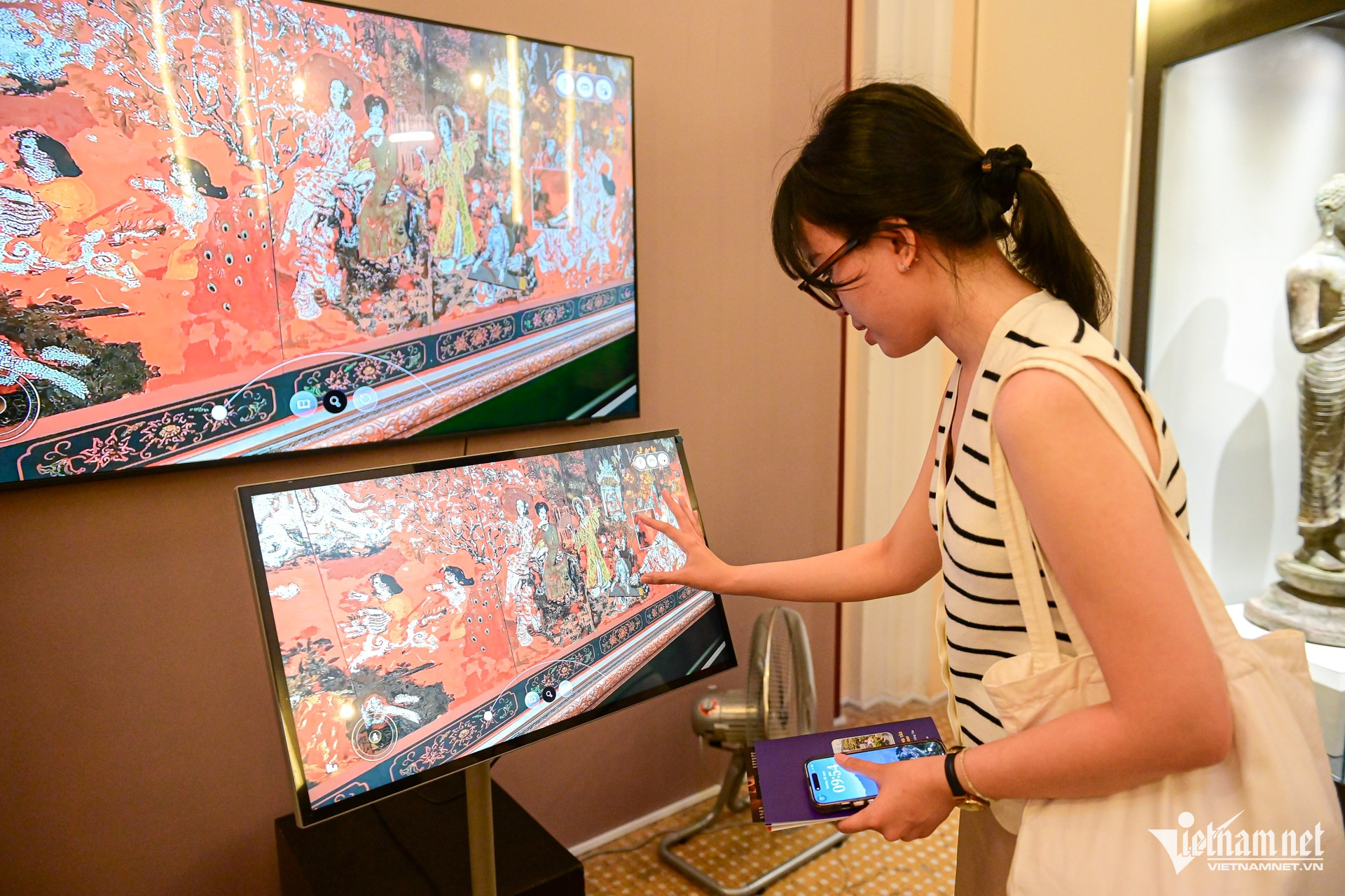
Nguyen Hue